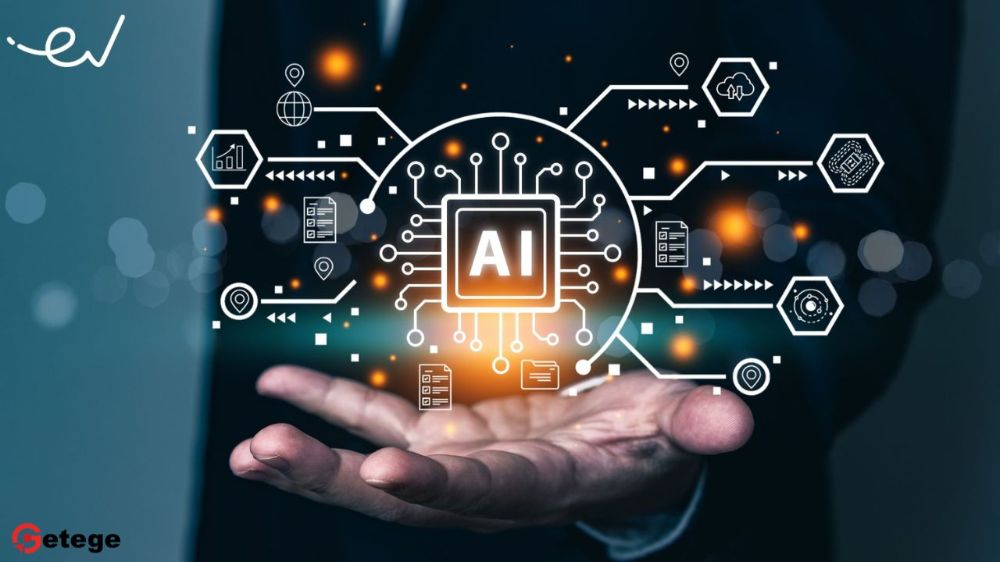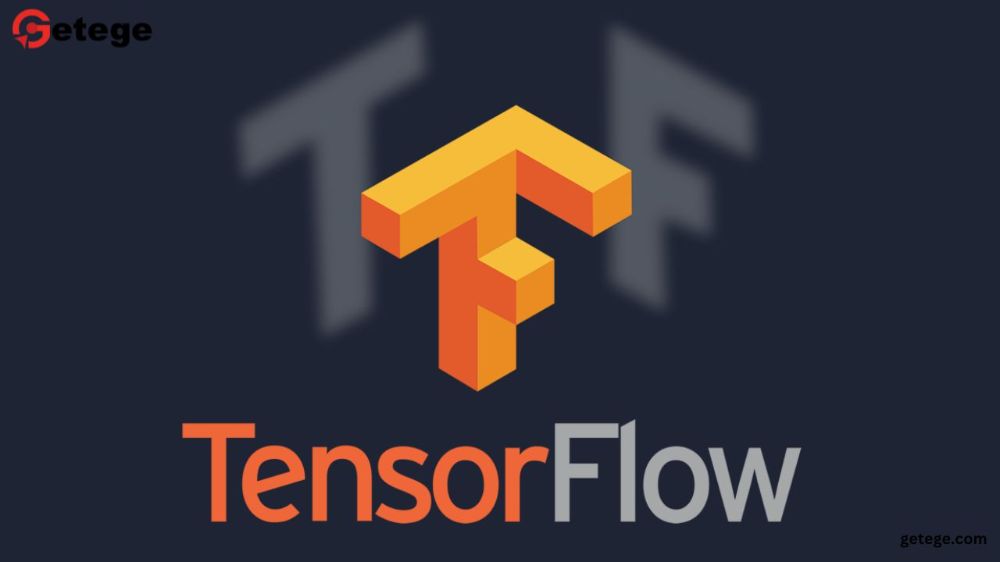Empowering Minds: Exploring Insights and Innovations Through Our Blog
Generative AI refers to a subset of artificial intelligence that is capable of creating new, original content by learning from existing data. Unlike traditional AI systems that simply follow predefined rules or make predictions, generative AI models can produce entirely new outputs, such as images, text, music, and more. The rise of generative AI technology has revolutionized industries ranging from art and entertainment to healthcare and business. But how exactly does this cutting-edge technology work, and what are its far-reaching implications?
How Generative AI Works
At the heart of generative AI are neural networks and deep learning techniques. These models are trained on vast datasets to learn patterns and structures in data, allowing them to generate content that closely mimics human creativity.
Neural Networks and Deep Learning: Neural networks are the building blocks of generative AI, designed to process information in ways similar to the human brain. They use layers of interconnected nodes (neurons) to learn from input data and produce meaningful outputs.
Training Models with Large Datasets: Generative AI models need large volumes of data to train effectively. For instance, models like GPT are trained on billions of words from books, websites, and other text sources to generate human-like text.
Generation Techniques: Generative AI models are versatile. They can generate:
- Text: Natural language models like GPT-4 can write essays, answer questions, and even create poetry.
- Images: Tools like DALL-E can generate realistic images from text descriptions.
- Audio: AI models are now capable of producing human-like voices or generating music.
Key Components of Generative AI
Several advanced techniques power generative AI, making it capable of producing diverse forms of content:
Generative Adversarial Networks (GANs): Over time, the generator improves, leading to highly realistic outputs such as deepfake videos or AI-generated artwork.
Variational Autoencoders (VAEs): VAEs are another class of generative models that excel at learning efficient representations of data, especially for tasks like image reconstruction.
Transformer Models: Models like GPT and BERT rely on transformer architecture to process sequential data, which is especially useful for tasks like text generation and translation.
Applications of Generative AI
Generative AI’s potential applications span multiple industries, offering unprecedented innovation in the following areas:
Content Creation: Writers, artists, and musicians are leveraging AI to assist with content generation. For example, AI can draft articles, generate graphic designs, or compose music.
Virtual Assistants and Chatbots: Generative AI enhances virtual assistants, making them more conversational, responsive, and able to generate meaningful dialogue.
Game Development: In video games, generative AI is used to create dynamic environments, non-player characters (NPCs), and even entire game levels.
Healthcare: AI models assist in generating 3D models from medical images, aiding in diagnostics and the discovery of new drugs.
Generative AI in Art and Design
Creativity is no longer the sole domain of humans, as AI-generated art is making waves in the art world.
AI-Generated Art: AI systems are creating original pieces of art, from abstract paintings to realistic portraits, and some of these works have even been auctioned off for significant sums.
Role in Graphic Design: AI tools are assisting designers by generating logos, layouts, and even helping with color schemes.
Music and Film Production: AI is being used to compose music, write scripts, and even generate visual effects for movies.
Generative AI in Business and Marketing
Businesses are using generative AI to streamline processes, enhance customer experiences, and boost productivity.
Automated Content Creation: Marketers use AI to generate blog posts, social media updates, product descriptions, and other promotional content quickly and efficiently.
Personalized Advertising: Generative AI helps create highly personalized ads that cater to individual preferences, improving customer engagement.
Enhancing Customer Experiences: By generating personalized emails, product recommendations, or chat responses, businesses can create a more customized experience for their users.
The Future of Generative AI
Generative AI is still evolving, and its future promises even greater advancements:
Emerging Trends: Generative AI is expected to become more intuitive, understanding more complex user inputs and generating even more sophisticated outputs.
Integration with Other Technologies: When combined with virtual reality (VR), augmented reality (AR), and robotics, generative AI will create immersive, intelligent systems capable of transforming industries like gaming, architecture, and education.
Quantum Computing: As quantum computing matures, it may drastically increase the computational capabilities available to generative AI models, enabling faster and more complex content creation.
Challenges and Limitations of Generative AI
Generative AI is powerful but not without its challenges:
Deepfakes and Misinformation: One of the most notorious uses of generative AI is the creation of deepfake videos and images, which can be used to spread false information or manipulate opinions.
Bias in AI Models: Since generative AI learns from existing data, it can unintentionally propagate biases present in that data, leading to unfair or inaccurate outputs.
Resource Demands: Generative AI models are resource-intensive, requiring massive computational power and vast amounts of data to train effectively.
Generative AI vs. Traditional AI Models
While traditional AI focuses on prediction and classification, generative AI’s purpose is to create:
Predictive AI: Traditional AI models make predictions or decisions based on input data, such as predicting stock prices or classifying emails as spam.
Generative AI: Unlike predictive models, generative AI creates new data based on learned patterns, such as writing a novel or generating photorealistic images.
Generative AI in Healthcare
In healthcare, generative AI plays a vital role in research and patient care:
Medical Research: AI helps generate hypotheses in drug discovery, creating new chemical compounds that could lead to life-saving treatments.
Diagnosing Diseases: By analyzing medical images, generative AI can help doctors identify diseases earlier and with greater accuracy.
Virtual Healthcare Assistants: AI-driven virtual assistants provide patients with medical advice, help them schedule appointments, and offer personalized health tips.
Generative AI in Education
AI-Generated Learning Materials: Teachers and students can use AI to generate customized study guides, quizzes, and other educational resources.
Personalization in Education: AI-powered systems can adapt to each student’s learning style, providing tailored lessons and feedback.
Language Learning: AI tools, such as chatbots, offer language learners immersive conversational practice, correcting grammar and teaching vocabulary.
Ethical Considerations in Generative AI
With great power comes great responsibility, and generative AI raises several ethical concerns:
AI-Generated Misinformation: The ease with which AI can create convincing fake news or manipulated media poses a significant threat to public trust.
Privacy Concerns: The data used to train AI models often includes sensitive personal information, raising questions about data security.
Transparency and Accountability: As AI becomes more embedded in society, transparent regulations are needed to ensure accountability for AI-generated content.
Popular Tools and Platforms for Generative AI
Generative AI tools are widely accessible today:
OpenAI's GPT Models: These models can generate human-like text, answering questions, writing essays, and more.
DALL-E: An AI tool developed by OpenAI, DALL-E generates images based on text descriptions.
DeepMind's AlphaFold: Used in scientific research, AlphaFold predicts protein structures with high accuracy, aiding in medical discoveries.
Real-Life Case Studies of Generative AI
AI-Generated News: Media outlets are using AI to generate reports, summarize articles, and even create real-time news updates.
Film and Entertainment: Generative AI is used in visual effects, scriptwriting, and even creating realistic digital actors for films and TV shows.
Product Design: In industries like automotive and fashion, AI helps generate innovative product designs, optimizing them for functionality and aesthetics.
Conclusion
Generative AI is transforming the way we create, interact, and solve problems. From business automation to artistic expression, this technology holds immense potential. However, as its influence grows, addressing ethical concerns and ensuring responsible use will be crucial to its future development.














